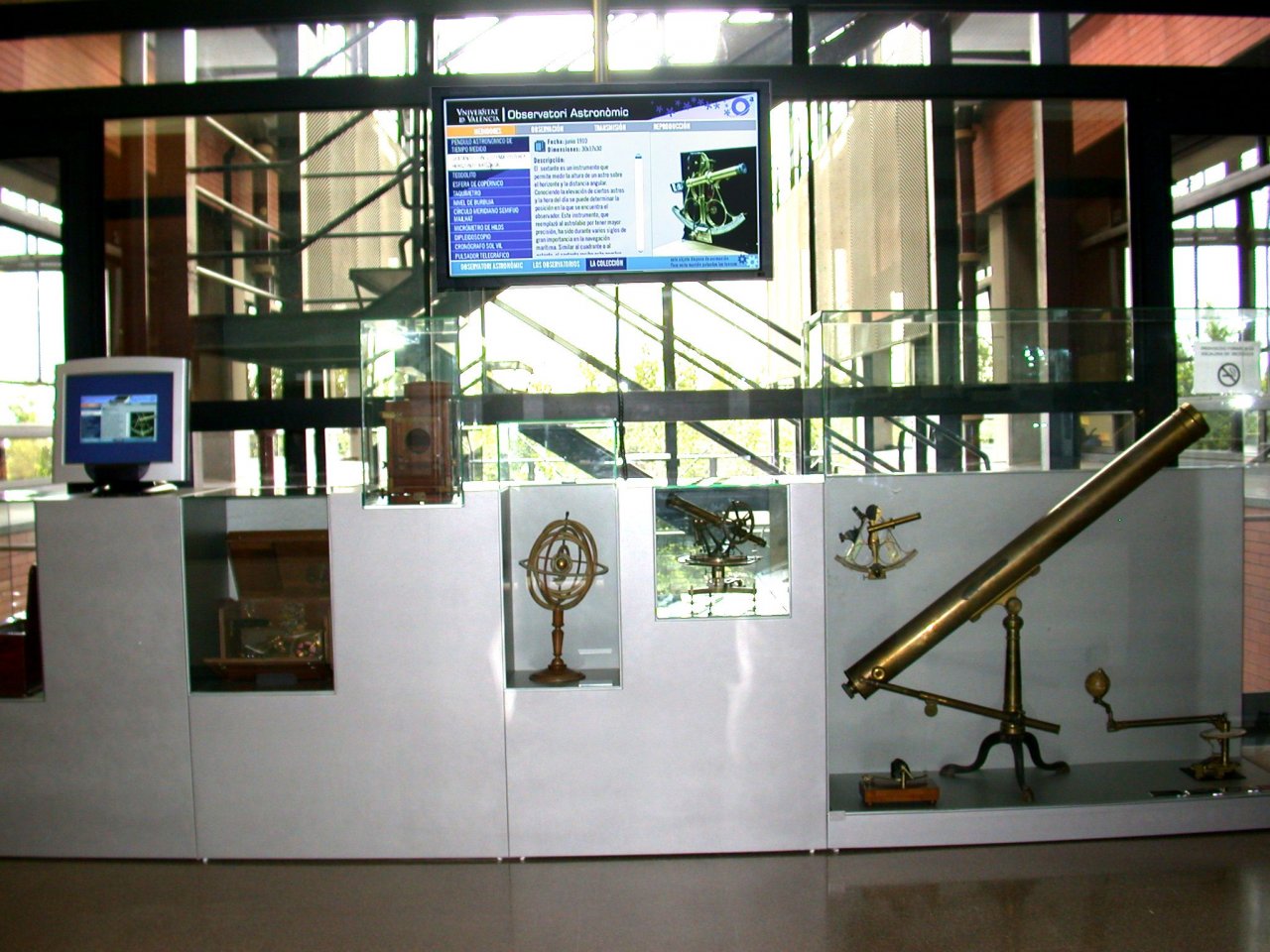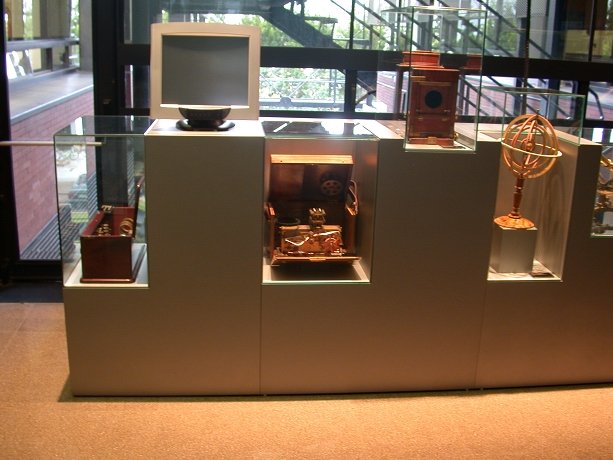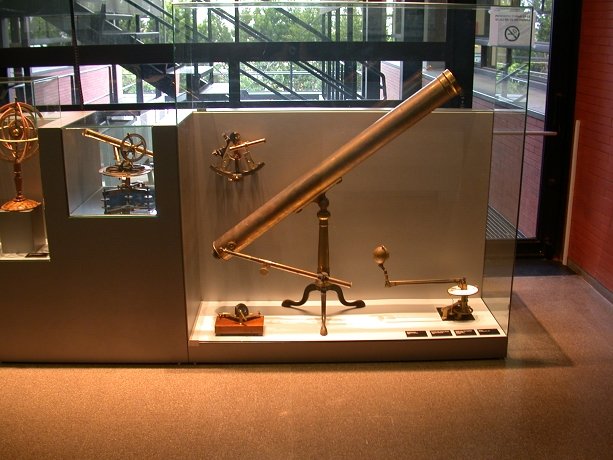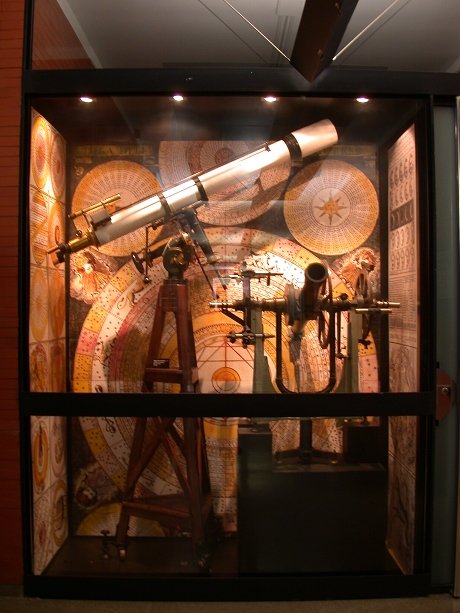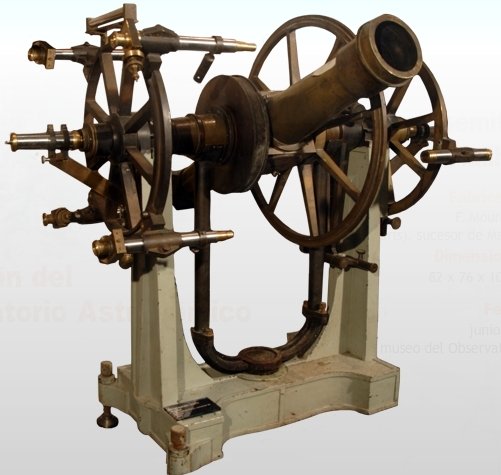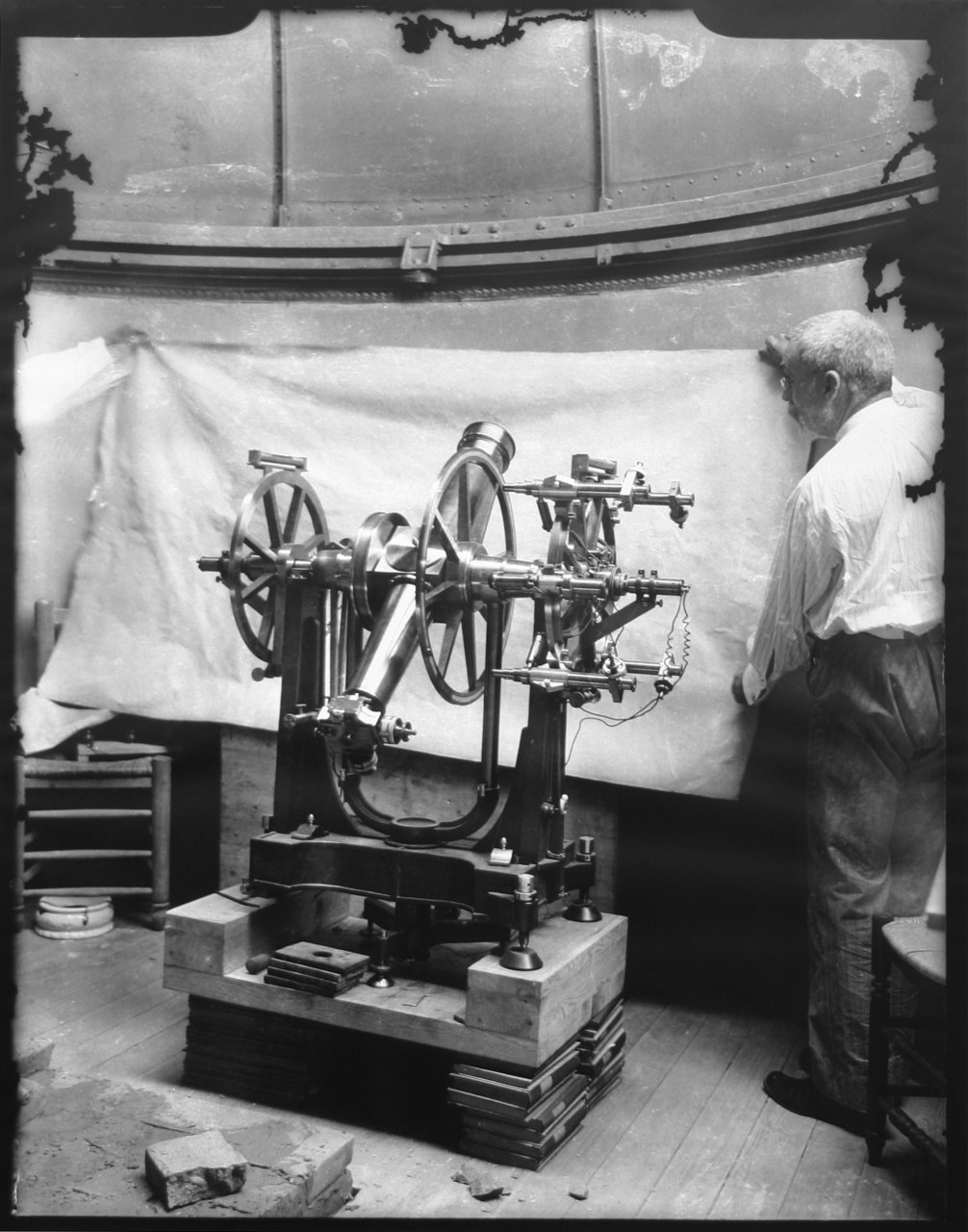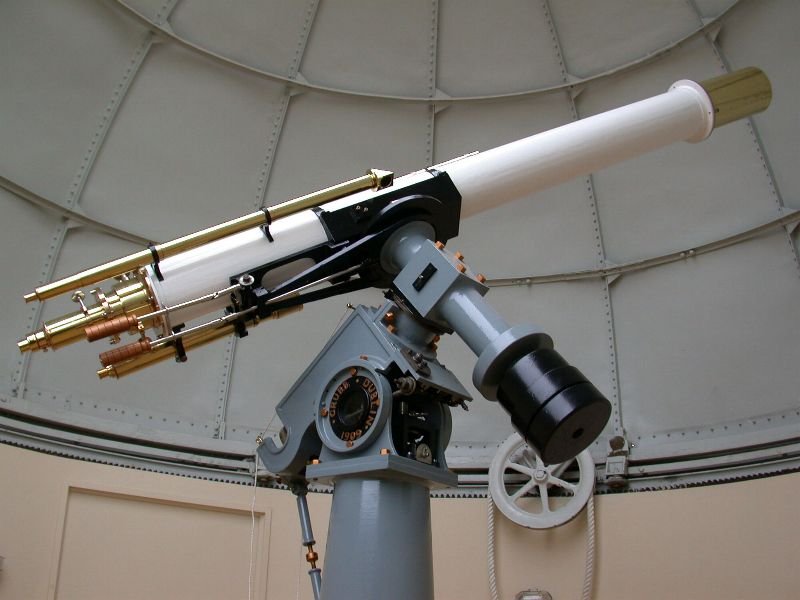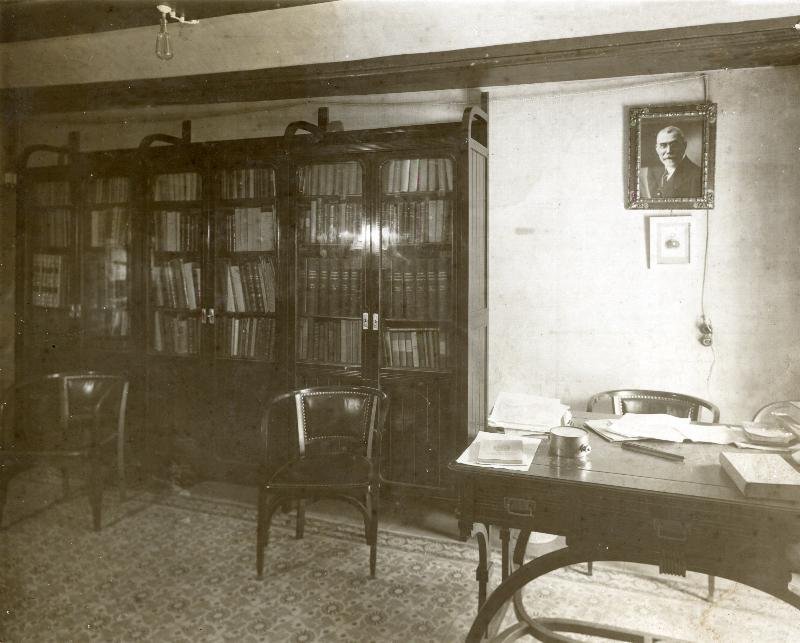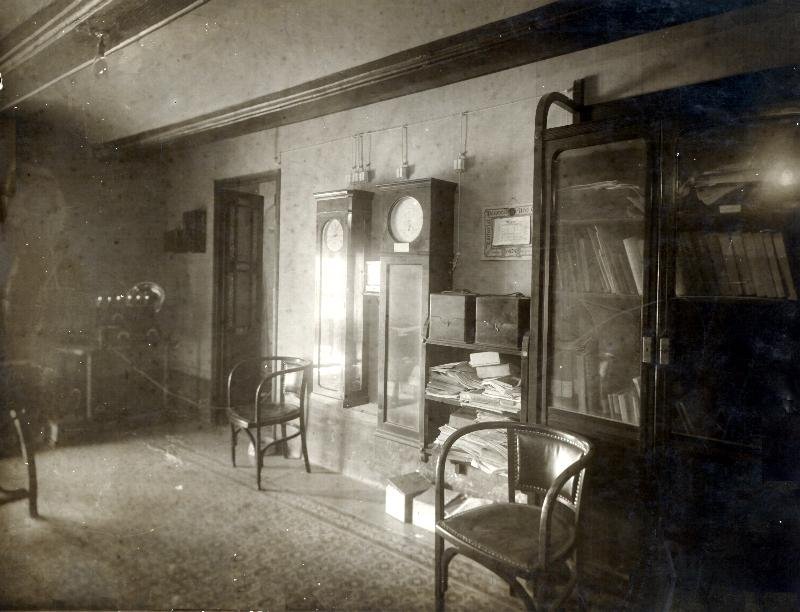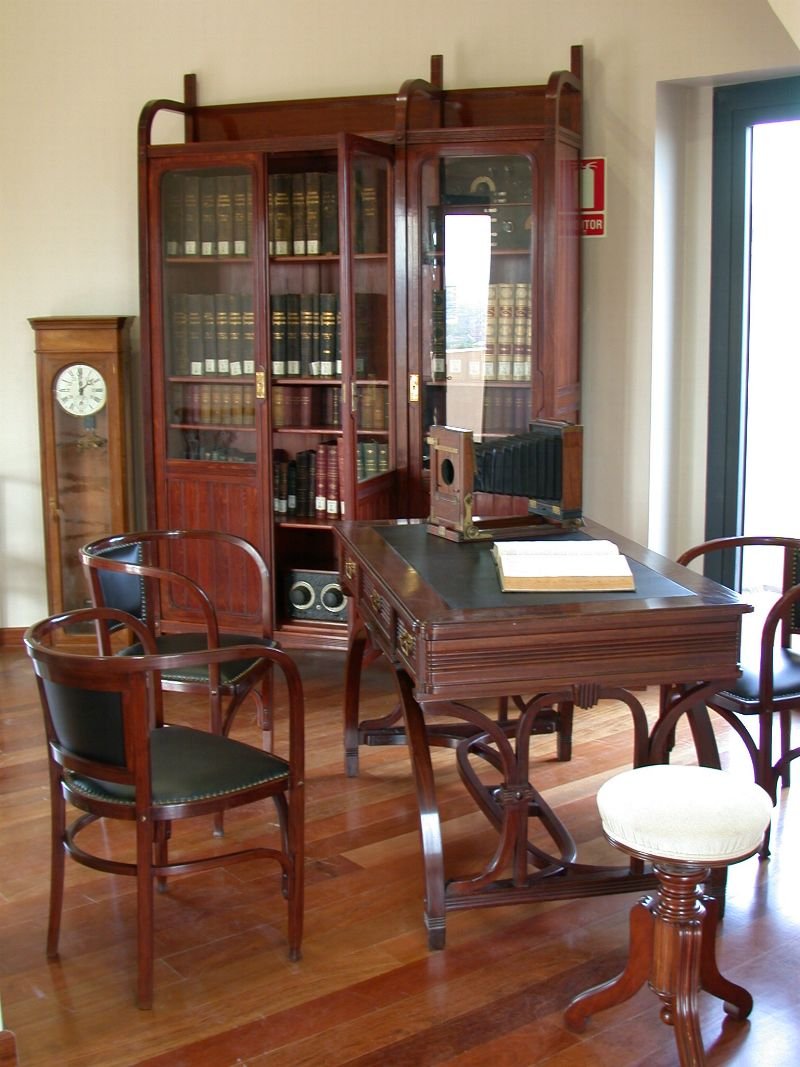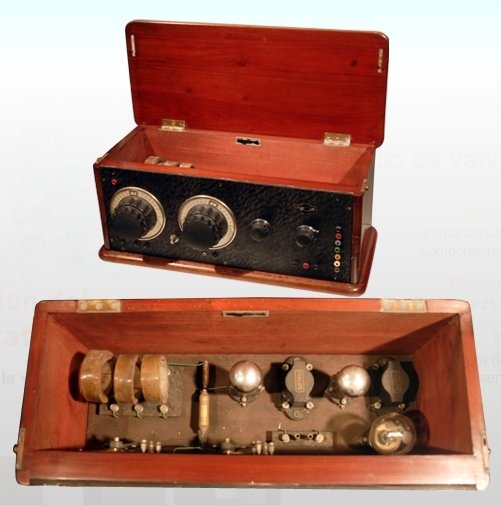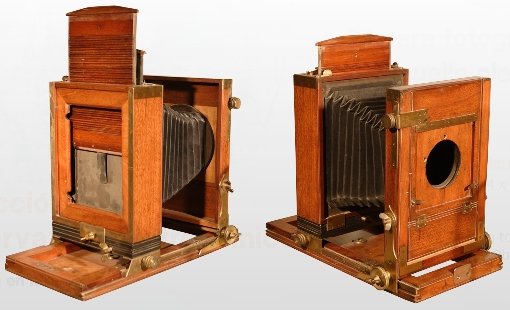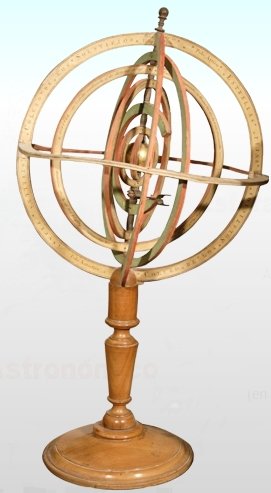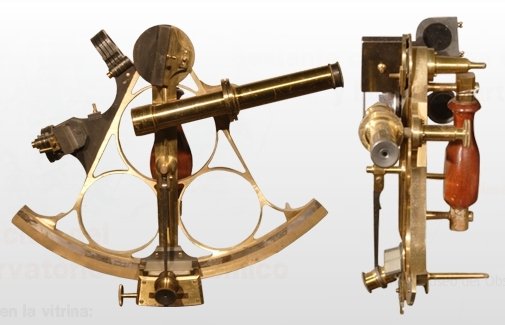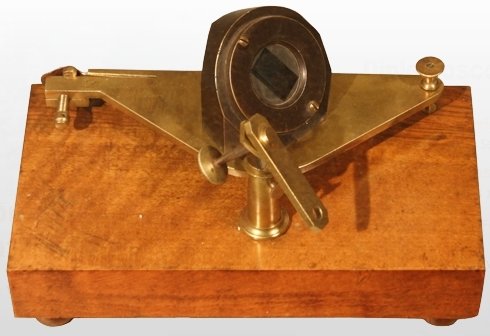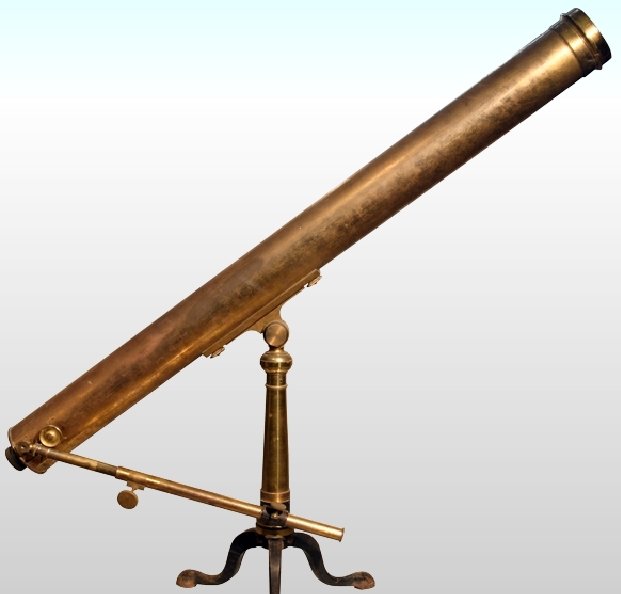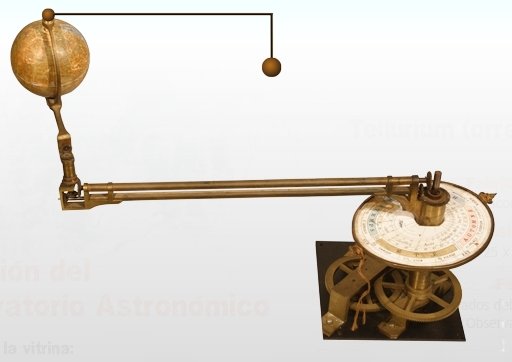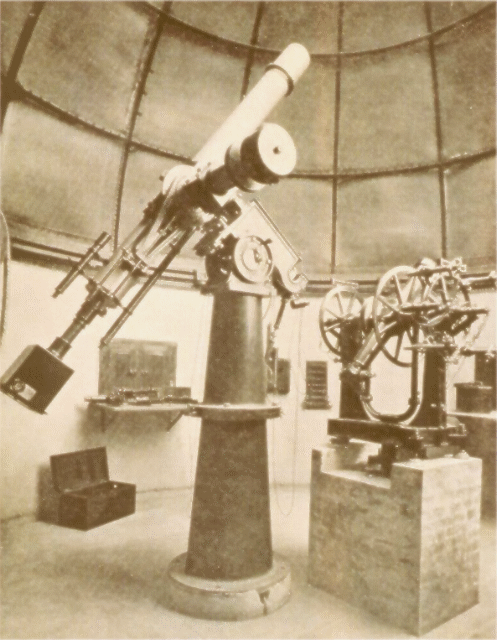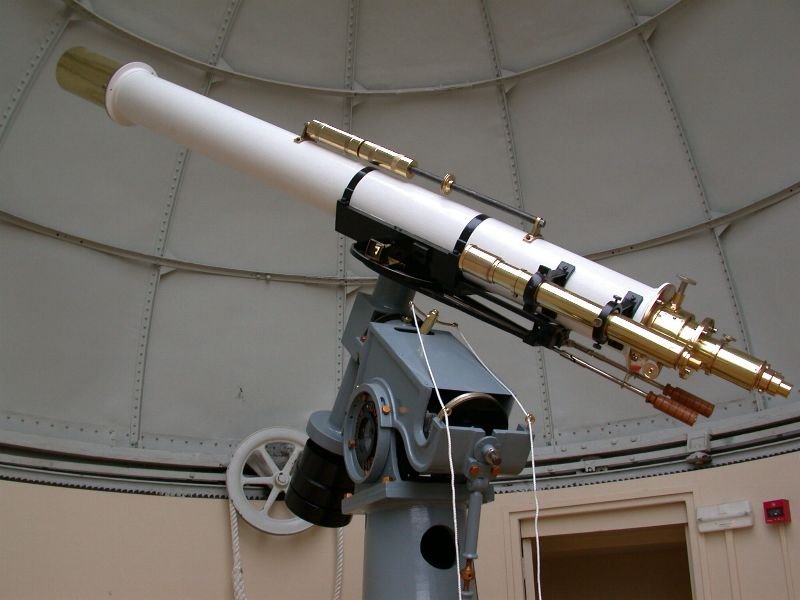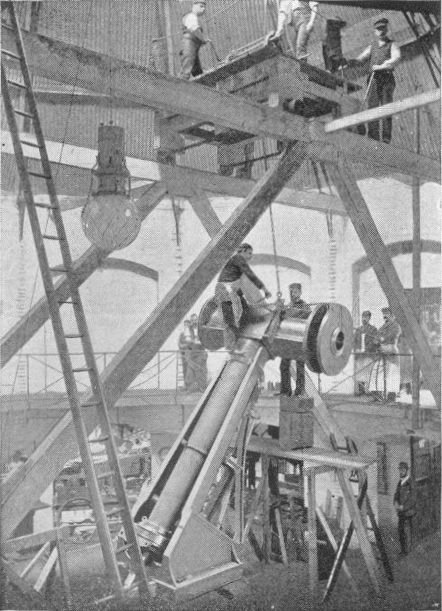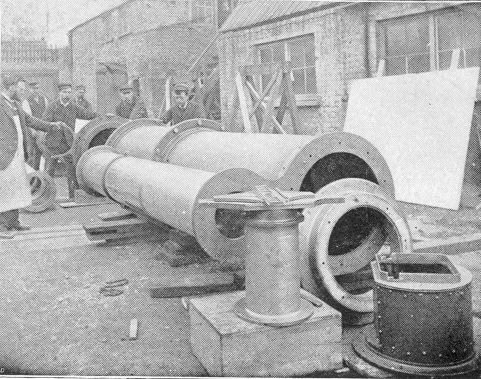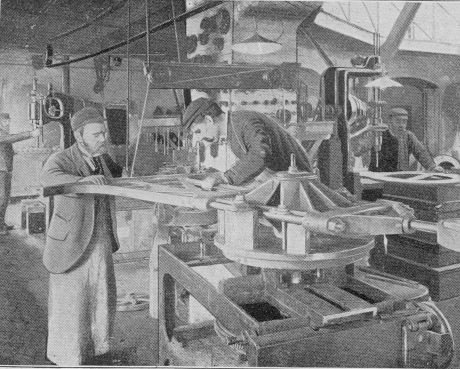The museum of antique instruments at the Observatori
The Universitat de València is one of the oldest in Spain, and for that reason it has a large collection of scientific instruments from different time periods. A significant part of this historical instrument heritage is related to astronomy and belongs to the Observatori Astronòmic, which was established in 1909 by the professor of Selenography and Globe Physics, Ignacio Tarazona.
After a century of functioning, the conservation of its instrumental heritage has led to the organization of a collection made up of a magnificent set of instruments, in the field of instrumentation of astronomy and its related sciences, many of them in perfect condition of operation. A total of 34 pieces are inventoried, ranging from the beginning of the 19th century to the mid-20th century. Most of the instruments come from the time the Observatori was founded, and were acquired by Tarazona to provide instrumentation to the newly founded centre. Many of the pieces are on display in the offices of the Observatori Astronòmic, in Paterna, while others, such as the Grubb telescope, are in the Rectorate building. In 2007 it received recognition from the Ministry of Culture and Sports as a Permanent Museum Project Collection of the Valencian Region.
The museum, that is, the exhibition part of the collection of astronomical instruments which is open to visitors, is in the facilities of the Research Institutes Building, on the Burjassot-Paterna campus, where the observatory has its offices. The collection is located on the first floor of this building, sharing space with the offices of the observatory itself. Visiting this part of the collection is free, from Monday to Thursday, from 10:00 a.m. to 2:00 p.m. Due to lack of exhibition space, only part of the collection of instruments is shown. Another part is temporarily assigned to the Museu de Ciències Naturals de València, within the Jardins del Real (better known as Els Vivers), where you can see them as soon as you walk into the premises.
The following photographs show the facilities of the museum of Paterna as well as the exhibited pieces.
Moreover, in the former location of the Observatori, on Blasco Ibañez, where the current rectorate building is located, there is also a reconstruction of Professor Tarazona’s original office with restored original furniture. Although Tarazona never set foot in this building (it was built in the 1940s and he passed away in 1924), the furniture is the one he had in his office on La Nau Street when the Observatori was located there. These furnishings were donated to the Observatori upon his death and have been restored, giving visitors the sensation that Professor Tarazona has stepped out for lunch and could be back at any moment.
Above the replica of the office, and within the dome crowning the rectorate building, visitors will find the 1909 Grubb telescope. Both the dome and the telescope have been restored for museum purposes, removing all the innovations that were introduced and keeping them as faithful as they were originally when acquired in 1909.
These facilities are not open to the public and can only be visited by prior appointment with suitable justification.
The crown jewel of the Observatori’s instrument collection is undoubtedly the 1909 Grubb telescope, a 6-inch aperture refractor (156 mm) with a 230 cm focal length, mounted equatorially. It was one of the few instruments that survived the 1932 observatory fire and is currently located under the dome of the Blasco Ibañez observatory. The Observatori commissioned the construction of this telescope from the renowned telescope builders, Grubb’s of Dublin, a company founded in the Victorian era that made history in the world of astronomy and is responsible for many of the world’s most famous telescopes.
The company’s history began with Thomas Grubb, an Irish engineer born in 1800 in Waterford. He was involved in the manufacture of various machinery and printing presses. Thomas had a strong interest in astronomy, and in his spare time, he built an observatory with a small reflecting telescope. He soon expanded it, constructing a larger one and gaining skill in building telescopes of substantial dimensions, earning local renown as a result.
As a result of this fame, his first assignment emerged: Edward Cooper commissioned him for his observatory at Markree Castle, Sligo, which at that time, and for several years, was the largest refracting telescope in the world. Subsequently, Thomas Romney Robison, director of the Irish Armagh Observatory (also known for inventing the anemometer, an instrument consisting of rotating spoons used to measure wind speed), commissioned him in 1833 to build a 15-inch reflecting telescope for the observatory. In its construction, Grubb introduced several significant innovations that would later become commonplace in large observatories, such as equipping the telescope with an equatorial mount to facilitate celestial tracking or placing the eyepiece at the rear of the telescope through a hole in the main mirror.
After these tasks, Thomas Grubb dedicated himself entirely to the manufacture of telescopes and founded the company Grubb’s of Dublin, specializing in large telescopes that supplied observatories worldwide, including the Great Melbourne Telescope. In 1865, his son, Howard Grubb, joined his father, and upon Thomas’ death in 1878, he took over the company. Howard Grubb formalized the business, and the company flourished, securing significant contracts such as the 27-inch refractor for the Royal and Imperial Observatory in Vienna and the 74-inch reflector for Toronto. By 1900, Grubb’s of Dublin was one of the six firms in the world capable of undertaking such projects. During World War I, the company also produced other optical instruments for the army, such as rifle sights and periscopes for submarines. By the end of the war in 1918, this had become the firm’s primary occupation. The end of the war marked a significant economic disruption for the company, and the manufacturing of telescopes gradually decreased.
In 1925, at the age of 81 and with the company on the brink of bankruptcy, Howard Grubb handed over the reins to Sir Charles Parsons, the inventor of the steam turbine. Sir Charles’ interest in telescope construction was inherited, as he was the son of the famous William Parsons, the third Earl of Rosse, who had built the giant “Leviathan of Parsonstown” in 1845, at that time the world’s largest telescope. In this way, the two traditions merged. When Sir Charles took over the company, it was reconstituted in Newcastle, England, under the name Grubb Parsons. Howard Grubb returned to Ireland and spent his last years there until his death in 1931. The new company continued to build telescopes of the highest quality, such as the Isaac Newton, until its final closure in 1985. Their last telescope was the William Herschel Telescope on the Spanish island of La Palma.
The museographic collection catalogue is available at the UV’s Cultural Heritage webpage.
Puede conocer más a fondo cuatro de nuestros instrumentos históricos en la serie de la UV “Tresors a la llum”:

